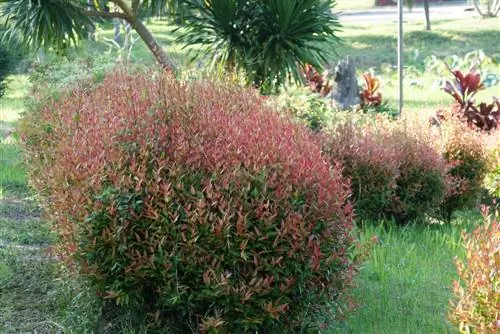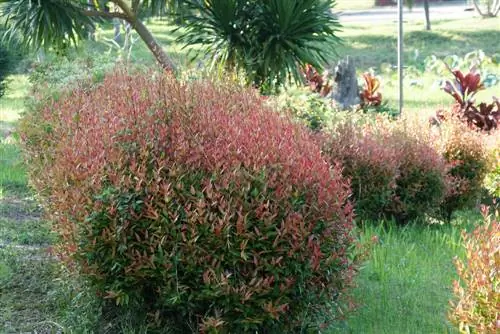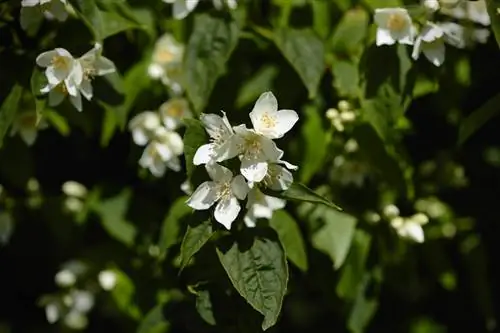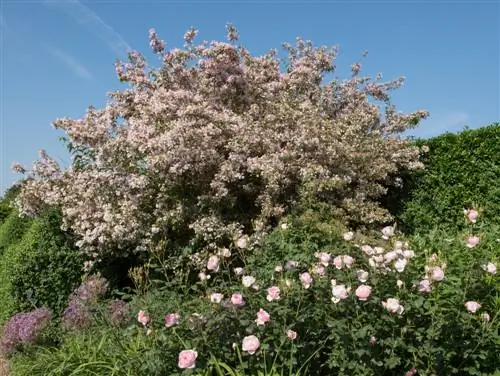- Author admin [email protected].
- Public 2023-12-16 16:46.
- Last modified 2025-01-23 11:21.
Loquats are considered undemanding when it comes to care. But there are some aspects that you need to take into account. These practical tips show you how.

How do I properly care for a loquat?
The care of loquats includes sufficient watering, especially after planting, a balanced nutrient requirement through slow-release fertilizer in spring, regular pruning and appropriate winter protection through soil cover and frost-free storage of potted plants.
Water and nutrient requirements
In the first two weeks immediately after planting, loquats need plenty of water. Pay attention to when the substrate has dried well. This is the ideal time for watering both young plants and established shrubs. You should water the trees at the base so that the leaves do not get water. This will reduce the risk of fungal spores settling on the leaves. Older plants require less water. They only need to be watered regularly and thoroughly during long dry periods.
Loquats need a certain amount of nutrients in the substrate in order to produce leaves, flowers and fruits. Your sensitivity is required here, because the tree doesn't like too much or too little fertilizer. Give the plant a long-term or slow-release fertilizer in spring (€59.00 on Amazon). It benefits from the nutrients all year round and does not require any additional fertilizer during this growing season.
Cutting measures
Loquats tend to form sprawling branches. To promote compact and dense growth, you should cut back your loquat several times a year. The bushes tolerate heavy pruning in spring to half a meter above the ground. They then sprout again. Be careful not to cut off too many branches with flower buds. This limits the number of flowers this year because the plants for flowers are formed in autumn.
The varieties grow at different rates in spring and summer. 'Red Robin' is characterized by high growth and should be trimmed a second time in July or August. Pruning is possible until October. Later pruning measures can lead to frost damage to the freshly cut branches if winter suddenly begins.
Wintering
The varieties are frost hardy to varying degrees. Some plants can survive temperatures down to -20 degrees Celsius. Nevertheless, the bushes are at risk from long-term, permanent frosts. They ensure that the ground freezes down to the deeper layers. The plants need winter protection.
How to overwinter the shrubs:
- cover the floor with fleece or pine branches
- Place potted plants in a frost-free place
- Watering potted plants






